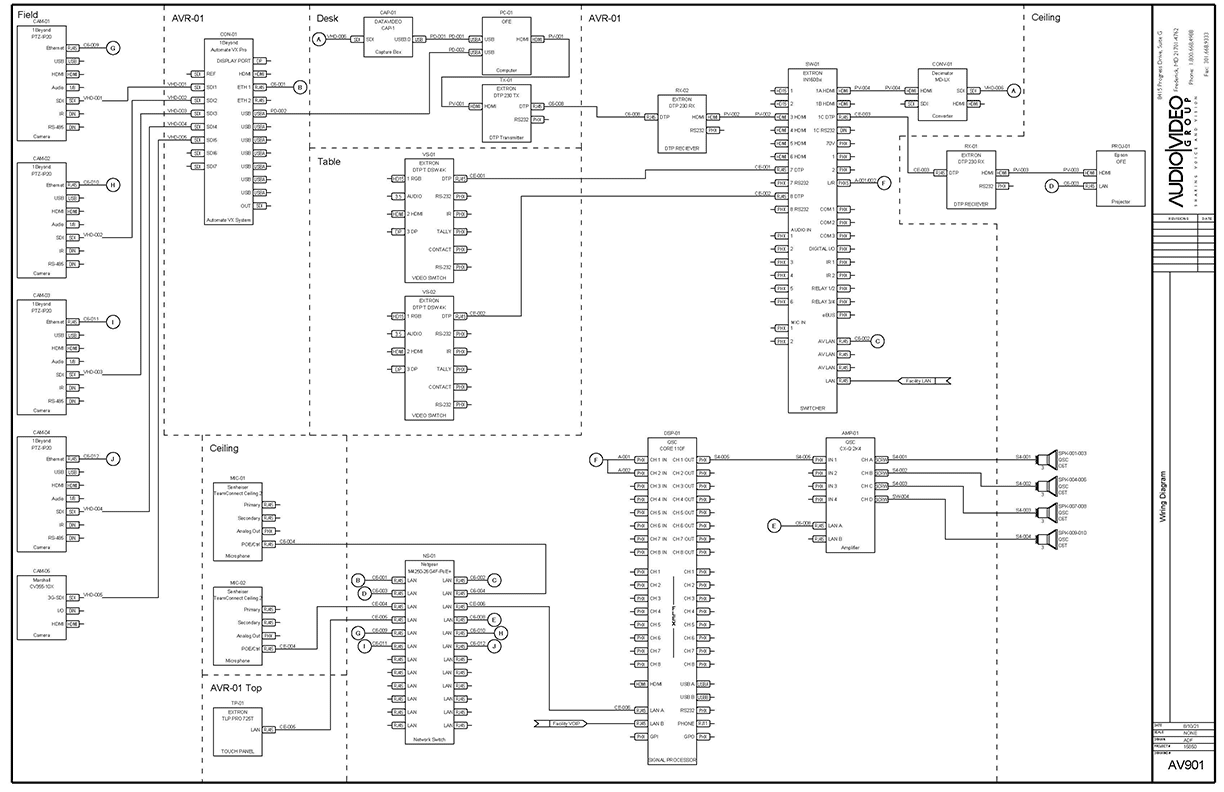Integrating Legacy Platforms with Advanced Audio Networking Solutions for Improved Efficiency and Adaptability.
Integrating Legacy Platforms with Advanced Audio Networking Solutions for Improved Efficiency and Adaptability.
Blog Article
In the current rapidly evolving world of audio technology, the requirement to improve efficiency and adaptability in sound solutions is increasingly important than ever before. Numerous entities and venues still depend on outdated systems, which are older technologies that may fail to have the features of modern devices. Nevertheless, harmonizing these outdated technologies with cutting-edge sound communication solutions can lead to significant enhancements. Sound communication enables for better communication between equipment, making it easier to control and manage sound throughout different spaces.
One of the primary benefits of combining legacy technologies with contemporary audio communication is increased adaptability. Traditional sound systems often require complex cabling and limited routing choices. With audio networking solutions like Dante or AVB, audio transmissions can be sent over conventional Ethernet cables. This implies that users can easily link multiple units without the need for extensive reconfiguration. Whether within a performance hall, a school theater, or a corporate event, this adaptability allows for rapid adjustments and modifications to the audio setup without significant delays.
Quality is another significant element that improves when older technologies are modernized with up-to-date networking technologies. Outdated systems may struggle to provide superior audio, especially in bigger spaces or during complex occasions. By implementing sound communication, organizations can take advantage of advanced capabilities such as minimal latency, synchronization, and electronic data processing. These improvements assist guarantee that sound is clear Recommended Reading and uniform, improving the overall experience for listeners and artists alike. This transition can create a marked impact in the way audio is perceived in different settings.
Additionally, integrating outdated systems with modern solutions can lead to financial benefits in the long run. While modernizing to novel equipment may require an initial investment, the effectiveness gained through audio communication can lower upkeep costs and minimize the need for continuous fixes. Additionally, networked technologies often need fewer physical space than conventional installations, which can reduce on property costs in locations. Entities can distribute resources better efficiently, utilizing the money they save to invest in additional critical fields.
Finally, training staff on the method to operate integrated systems becomes easier with audio communication. Many contemporary audio networking systems come with intuitive interfaces and distant management features. This means that including those who may lack extensive technical expertise can be trained to manage and control the sound solutions effectively. Training initiatives can be developed around these solutions, empowering staff to manage and troubleshoot systems with assurance. By blending the old with the modern, organizations can create a more competent and skilled team, in the end leading to improved audio outcomes for everyone concerned.